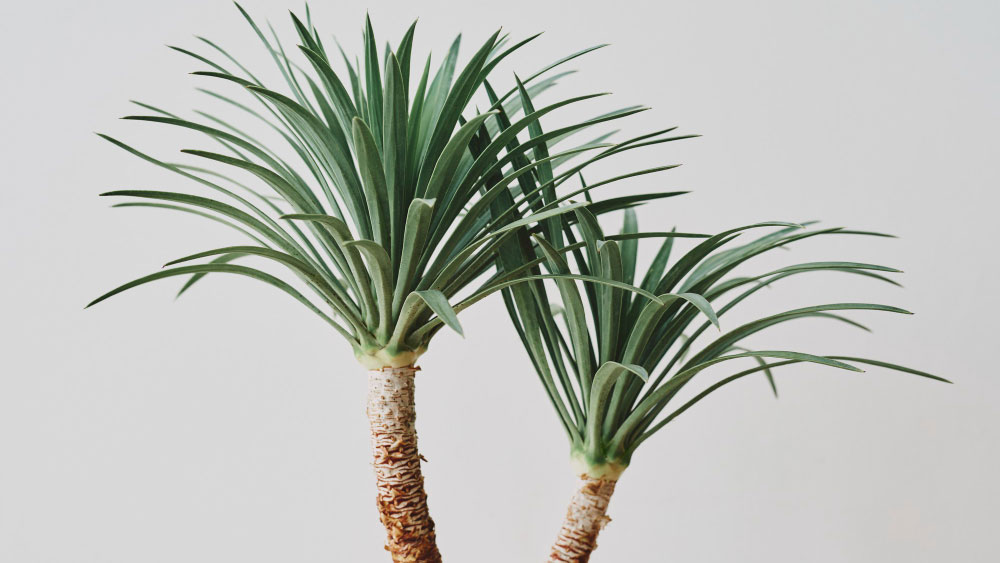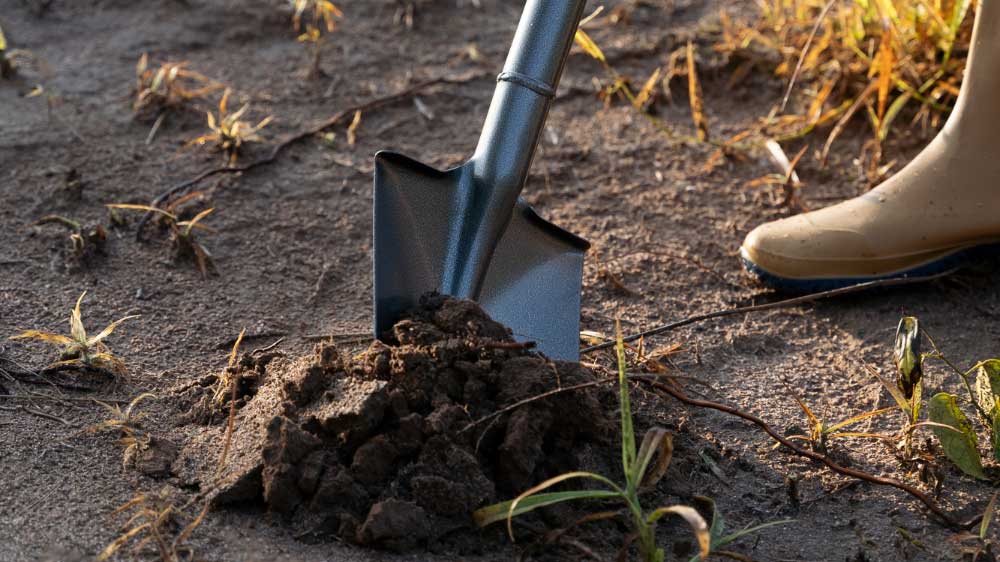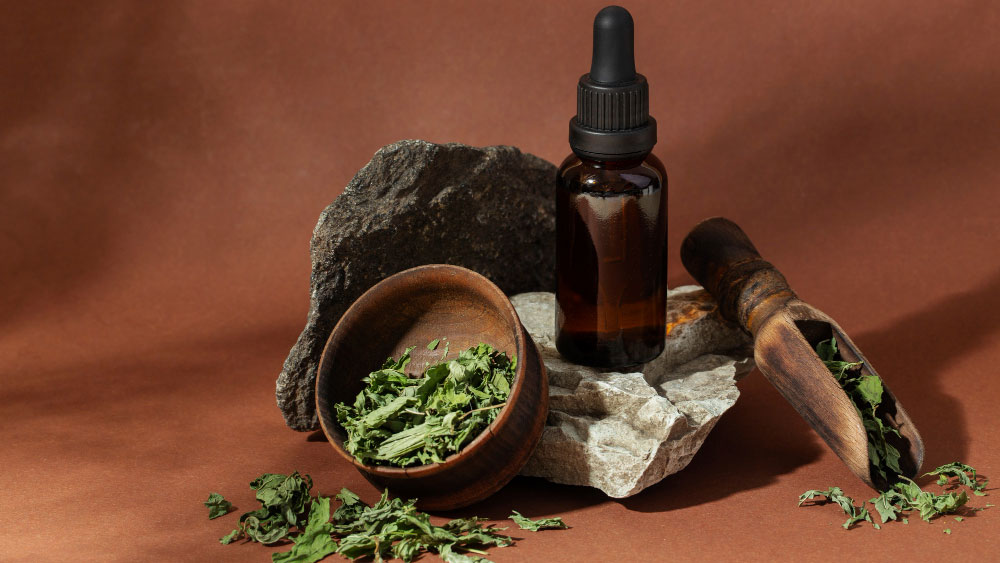How to Make Ponytail Palm Grow Taller – Useful Tips
Have you ever noticed that your ponytail palm is still the same size? Have you considered making it taller?

If you are reading this blog post guess what. You are on the right page because today we will discuss the steps necessary to grow your ponytail palm taller!
In this article, you will learn how to make your palm grow taller in easy steps! These steps are proven to be useful, so let’s dive in!
Pick the right size plant
The first step in making your ponytail palm grow taller is to pick a plant no larger than 2 inches across the base since pigtail palms prefer to be a bit cramped in the pots.
It ought to have a draining hole as well. Cover the remaining third of your container with Miracle-Gro® Cactus, Palms & Lemon Planting Mix to give the shrub the superior draining it requires.
Once the root sphere has been loose, place your plant in your pot with the base of the stems and on top of the bottom ball meeting about an inch beneath the rim.
Fill out the area surrounding the root bulb with another planting soil (never cover any portion of your stalk, as your flower would rot). Ponytail palms can survive for extended amounts of time without needing water.
We cannot overwater them, but it does not imply you must never hydrate them. While giving it water, let the upper 2 to 3 feet of dirt dry up. Then, offer your ponytail palm a vigorous bath. It implies that if you have a palm indoors, you will need to hydrate it after three to four weeks.
If you are letting your plants spend the summer outside, keep an eye on the weather forecast and bring them inside if there is rain.
Don’t let plants stand in dampness that is still.
Dividing sprouts
Ponytail palm sprouts must divide in the spring. Carefully dig around the plant’s base to expose the small base.
Apply a clean, sharp knife to the pup and cut it free from the adult plant. Puppies with a height of 4 inches (10 cm) have the best chances of establishing a root system and starting strong.
Use a cactus mix or almost soilless sand-based potting dirt. Put the pup’s roots end in a moist medium and set it in a container with good drainage. A plastic bag wrapped tightly around the pot’s borders should be used to cover the container.
Place the container in a warm, well-lit spot. Uncover the container and spray the soil surface every several days. It is easy to make your ponytail palm grow taller with step 2 because the requirements are easy and the things needed as just light.
By making it grow taller, it will be effective if you follow all of the instructions in step 2. The cactus mix is basic, you can check out the cactus mix soil recipe. It includes gravel, perlite, and pumice.

Light requirement
Ponytail palms need lots of light, so put them in the house’s sunniest room, near the window but out of direct sunlight.
They can withstand dry conditions effectively, which makes them perfect for the majority of interior areas with low humidity.
You may relocate your ponytail palm outside in the summer to give it a break from the house. Place it in a covered area close to the home, such as a porch or patio, and give it a few days to adjust. If desired, move it outside to a location with indirect lighting.
(Outdoor light is far brighter than inside light, and at its most intense, it can kill indoor-grown plants.)
Ponytail palms can generate new flowers if they are less than six feet (15 cm) tall.
Make gently rounded incisions into the main trunk of something like the plant that encourages growth, and this technique only succeeds on little seedlings. To keep flower cuts from degrading, keep plant shrubs in an area that is dry and has low high dampness.
Once one blister, this plant would send out such branches and produce leaves to create another crown of greenery. Gardeners typically employ this technique to produce two and three-headed pigtail fingers with enhanced aesthetics.
The right climate
The best gardening zones to begin cultivating ponytail palms outdoors are Hardiness Zone 9. However, how resilient is a ponytail palm when it’s cold? It may endure temperatures as low as 15°F for brief periods if it is a mature plant.
Similar to a camel’s hump, the enormous trunk of a ponytail palm tree stores water and releases it as required to the stems and leaves. This is an adaptation for dry, hot weather when rain is in short supply and plants would otherwise rot.
Find the lowest winter average temperature in your area using the hardiness map, and then identify plants that can withstand that cold.
To make the procedure easy, most commercial greenhouses include thorough plant labels that specify the appropriate hardiness zones, the lowest temperatures the plants can withstand, and other crucial details like whether they will thrive in the sun or shade.
Neem oil
To prevent pests, use neem oil or insecticidal soap on the leaves.
The optimum periods to repot or transplant a ponytail palm are in early spring or summer. Before the winter frost sets in, this gives the ponytail palm many months to develop new roots.
Neem oil should be applied to foliage early in the day or late at night when helpful insects are sleeping and not eating or pollinating. The spray isn’t available to be used during the day since the sun and heat might burn the plant.
Neem oil can be used all during the planting season, unlike many pesticides, which can only be used at specific periods. Because it inhibits insects at all stages of growth, neem oil is effective throughout the season.

The environment is safe while using neem oil. Apply the neem oil solution to the stems, leaves (especially the undersides), and soil if there is a severe infestation.
The pesticide in soil, water, and leaves is broken by microorganisms and sunshine that will help in preventing pests.
Repotting
Ponytail Palms are slow-growing and seldom get rootbound, but if your plant starts to seem unsteady or like it is outgrowing its pot, you may want to think about repotting it into a larger container with new soil.
Wild plants grow considerably more quickly than indoor houseplants do.
Repotting your Ponytail Palm every two to three years, depending on its size and the depth of its roots, might benefit it by supplying it with new nutrients and promoting development.
Repotting may be necessary if the plant appears unsteady or appears to have outgrown its container.
Takeaways
Ponytail palm plants may be pruned at any time throughout the year, but March until the fall season is indeed the optimum time to prune them.
To prune the plant’s top-level needles, use tidy razor-sharp manicure clippers. The plant will be forced to develop upwards and resemble a knot. Eliminate any withered and brown injured branches. Repotting your bonsai ponytail palm into a bigger container will encourage it to grow higher.
The larger environment allows its roots to grow and obtain access to more oxygen, moisture, and nutrients.
Repotting your bonsai in the spring or full sun will allow it to benefit from the intense sunshine during those times of the year.